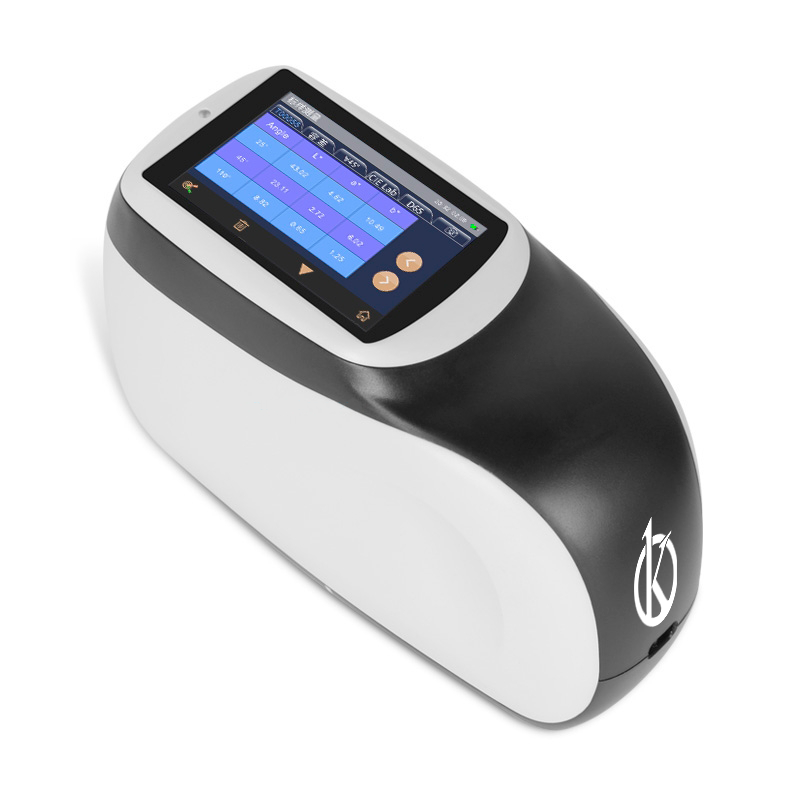Spectrophotometry is an invaluable tool for scientists seeking to understand the world in which we live. This incredible technique is used to analyze visible light and detect the presence of specific chemical elements or compounds. Spectrophotometry has become increasingly sophisticated over time, allowing scientists to conduct intricate studies of our environment. These advances are among the most fascinating of our time.
Before entering the advances of spectrophotometry, it is useful to have a basic understanding of light. Light is a form of energy that is transmitted in the form of electromagnetic waves and that do not require a physical means to propagate. When these waves reach the Earth, some are reflected from objects and are absorbed in equal parts. Reflected light is the light we see around us and consists of a variety of different wavelengths.
Each wavelength is a different form of visible light that colors the world we know. Electromagnetic radiation ranges from the visible light we see to the gamma rays we need special gadgets for. This diversity of wavelengths has been studied for many years, but now, thanks to spectrophotometry, we can see light in greater detail than ever before. This technique allows us to analyze the different patterns of light to understand how it behaves.
How do spectrophotometers study the spectra of light?
In spectrophotometry, scientists collect electromagnetic radiation from a specific wavelength. This radiation is then processed by computer to generate a “spectrum” graph, which shows the intensity of light at different wavelengths. This technique is used to distinguish the different forms of visible light, which contain useful information to better understand the world around us.
Modern advances in spectrophotometry have made it possible for scientists to know and study the spectrum of light with unprecedented precision. Modern spectrometers are now equipped with dispersion systems that enable radiation to be separated very effectively. More precise and sensitive sensors such as CCDs, CMOS and photomultiplier tubes have also been developed.
Additionally, the enhanced processing capabilities attributed to finer electronics will allow researchers to see each different wavelength in the light spectrum in excellent detail. These instruments are also capable of detecting ultraviolet and infrared light outside the visible spectrum, which will help scientists better understand the behavior of light.
The usefulness of spectrophotometry for the study of the light spectrum
Spectrophotometry is a useful technique for scientists studying everything from environmental pollution to compounds in pharmaceuticals and food. This technique allows researchers to detect and identify the presence of specific chemical elements, which gives them a greater level of detail in the studies they perform. These developments will allow for a greater understanding of what is happening in our environment.
Advances in spectrophotometry are opening new avenues for scientific studies and a better understanding of the world in which we live. This incredible technique has allowed scientists to detect the presence of specific chemical elements and better understand the behavior of light, which is helping to tell a more complete picture of our environment. Spectrophotometry is one of the most fascinating discoveries of our time and will certainly help us to better understand the world around us.
What Kalstein offers in spectrophotometric instruments
Spectrophotometry is a technique that allows the study of systems that absorb radiation at the appropriate frequency. Kalstein spectrophotometers provide a robust, reliable and reproducible means for obtaining the absorption spectra of substances and many other interesting analytical applications. Some equipment comes with an LCD screen where you can display the measurement parameters and calibration, which can also be controlled by computer. To locate the instruments for sale, price, and purchasing methods, check out the websites HERE and HERE.

